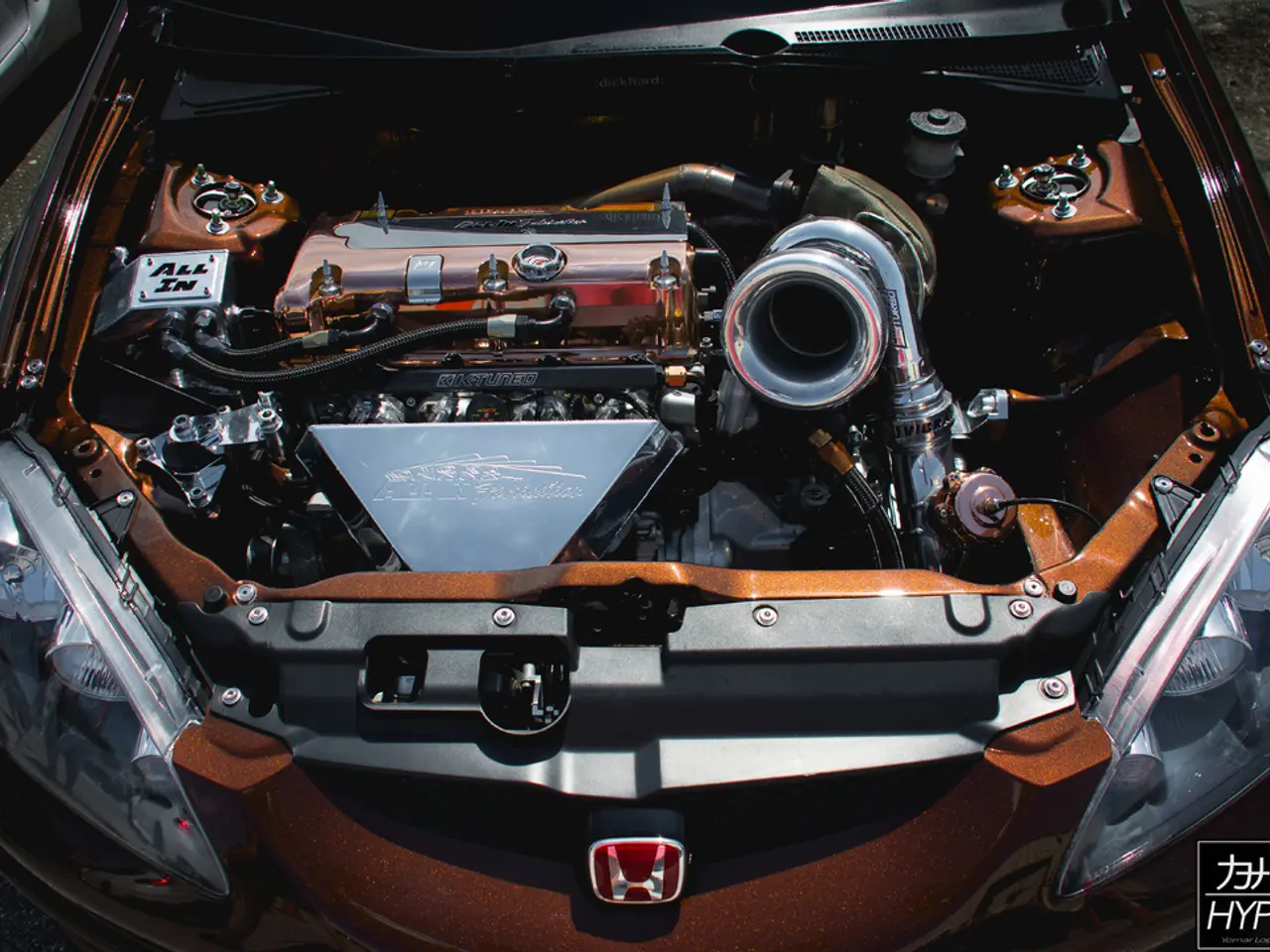Solar system formation sighted for the first instance by researchers
In a groundbreaking discovery, an international team of astronomers, led by Melissa McClure of Leiden University in the Netherlands, has captured the earliest moments of planet formation around a distant star, HOPS-315. Located approximately 1300 light-years away, HOPS-315 resembles our Sun in its early development phase.
The team used state-of-the-art space telescopes, including the James-Webb space telescope and the ALMA telescope in Chile, to make this remarkable observation. They found that silicon monoxide, a crucial mineral for planet formation, is transforming from gas to solid crystals in the disk around HOPS-315. This discovery closely parallels the processes that formed the asteroid belt in our solar system.
Key comparisons between HOPS-315 and our solar system's asteroid belt reveal intriguing similarities. Both locations in the protoplanetary disks correspond to regions between Mars and Jupiter, with HOPS-315's mineral formation occurring at a distance that matches the orbit of our solar system's asteroid belt. The minerals found in both systems are identical to those found in ancient space rocks from our Solar System.
This observation in HOPS-315 acts as a "window into the past," allowing astronomers to study the early processes of mineral and planet formation analogous to what occurred in our solar system roughly 4.6 billion years ago. It confirms that the chemical and physical processes leading to the formation of asteroid belts and rocky bodies are not unique to our solar system but likely common in star systems with protoplanetary disks.
In contrast, the asteroid belt in our solar system is characterized by a failure of planet formation due in large part to Jupiter’s powerful gravitational influence, which scattered material and prevented the accumulation of sufficient mass to form a planet. The mineral formation around HOPS-315 is observed at a similar region but provides direct evidence of these early condensation processes before planets or belts are fully formed.
This discovery offers new perspectives for understanding the frequency of Earth-like planets in the universe. It provides direct observational evidence for the processes that shaped our cosmic neighborhood 4.6 billion years ago, potentially revolutionizing our understanding of the universe.
The discovery was reported by ESA and the Dutch news portal NL Times, and the findings were also reported by ScienceBlog. This groundbreaking research is set to reshape our understanding of planetary formation and the early stages of our universe.
The international team of astronomers, led by Melissa McClure, utilized advanced technology and space telescopes like the James-Webb to study science in the field of space-and-astronomy, specifically the formation of planets around HOPS-315. Their observation of silicon monoxide transforming from gas to solid crystals in HOPS-315 mirrors the processes that led to the formation of our solar system's asteroid belt, indicating that the chemical and physical processes leading to asteroid belt and rocky body formation might be common in star systems with protoplanetary disks.




